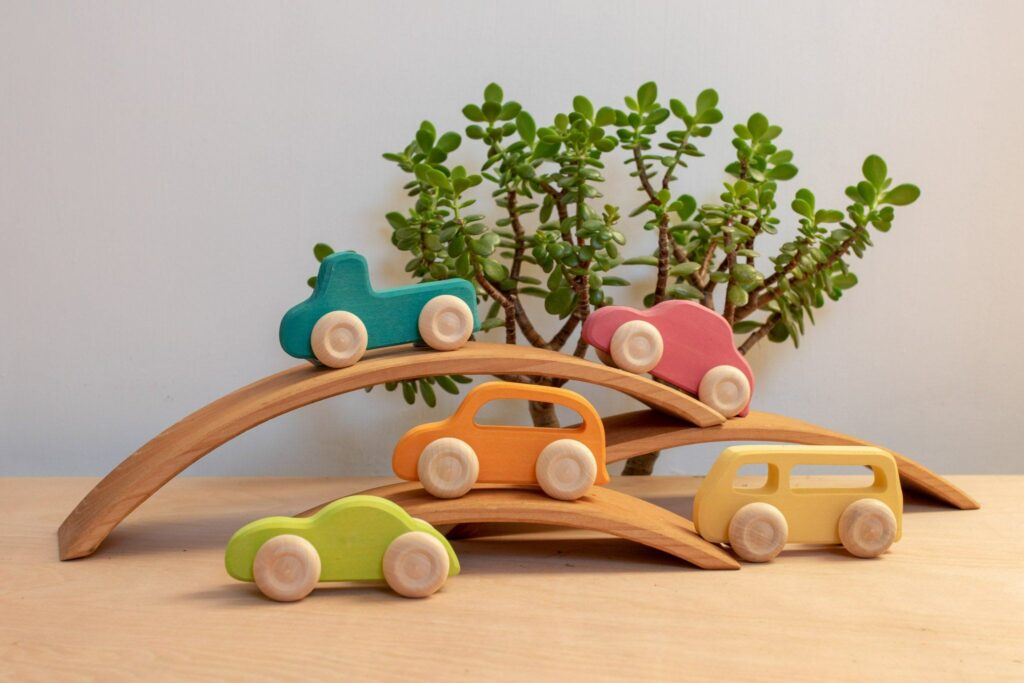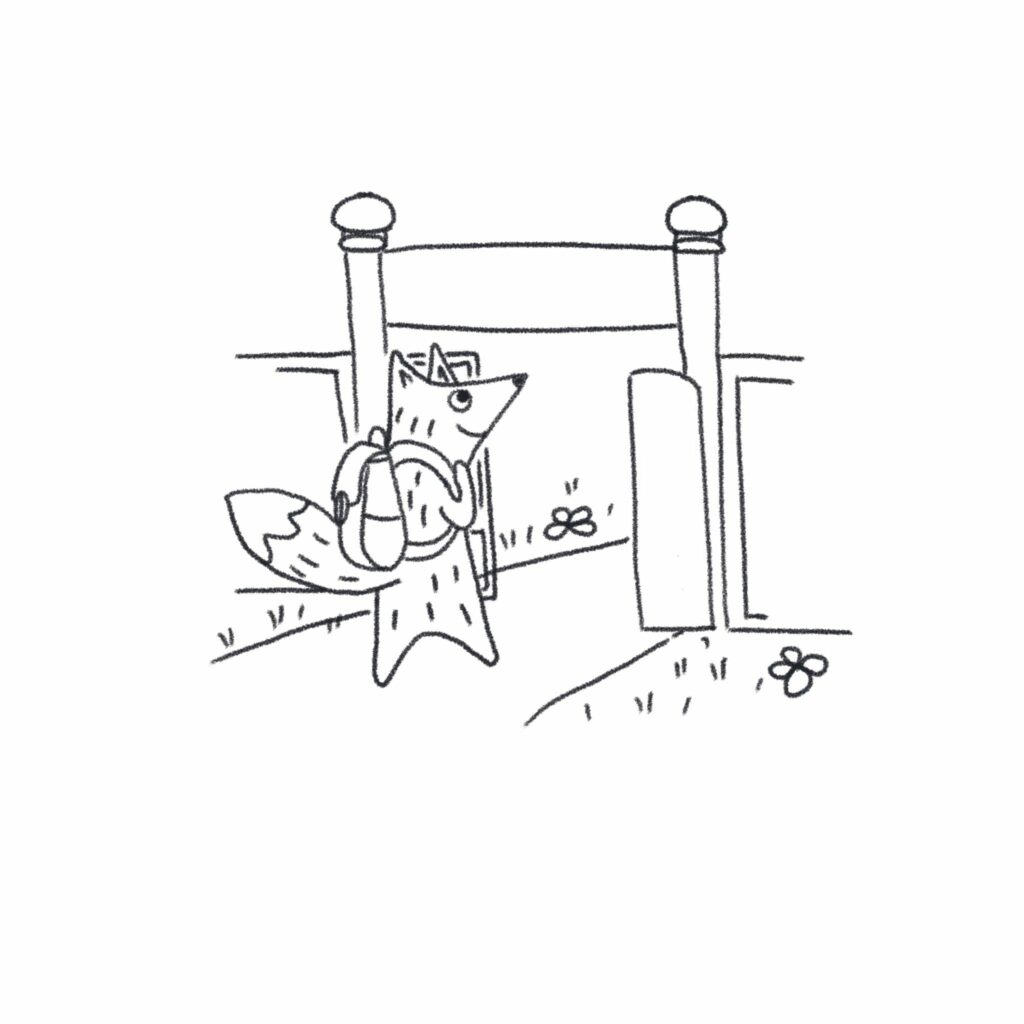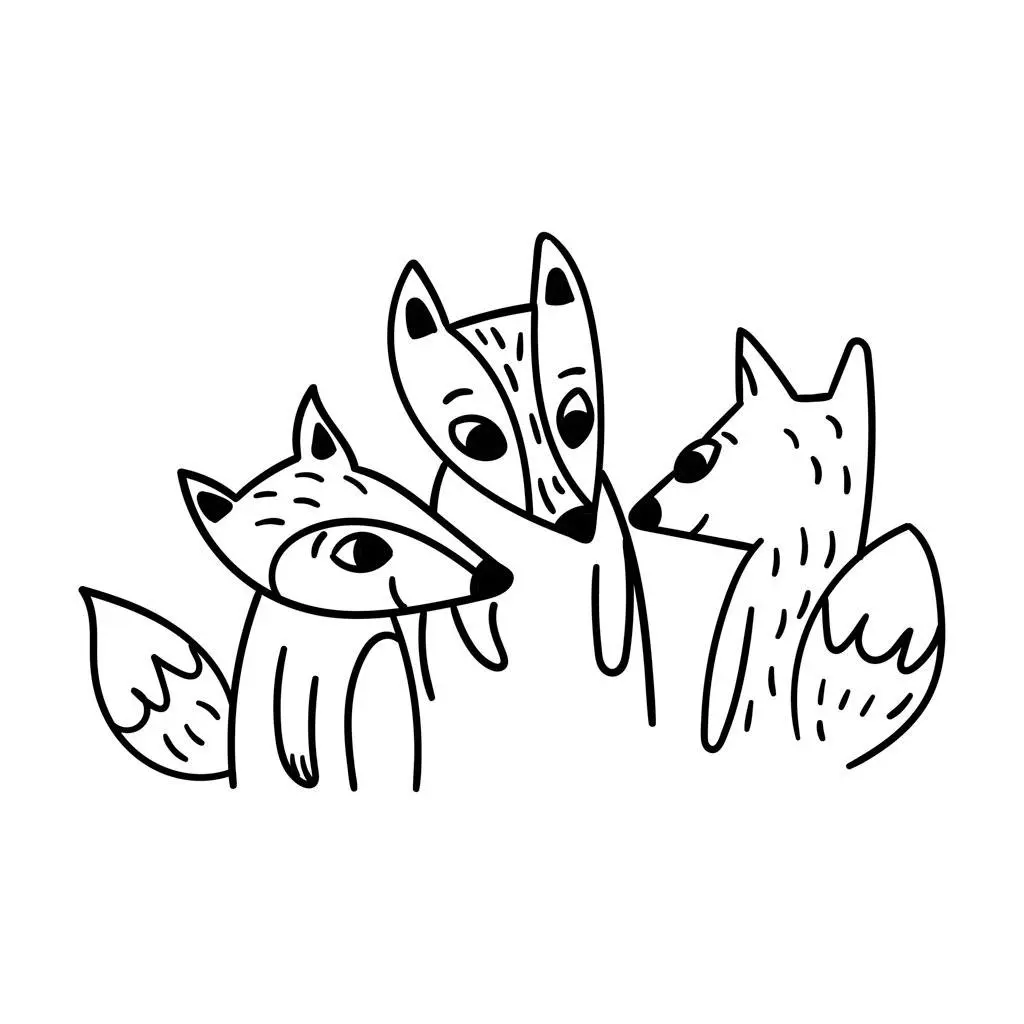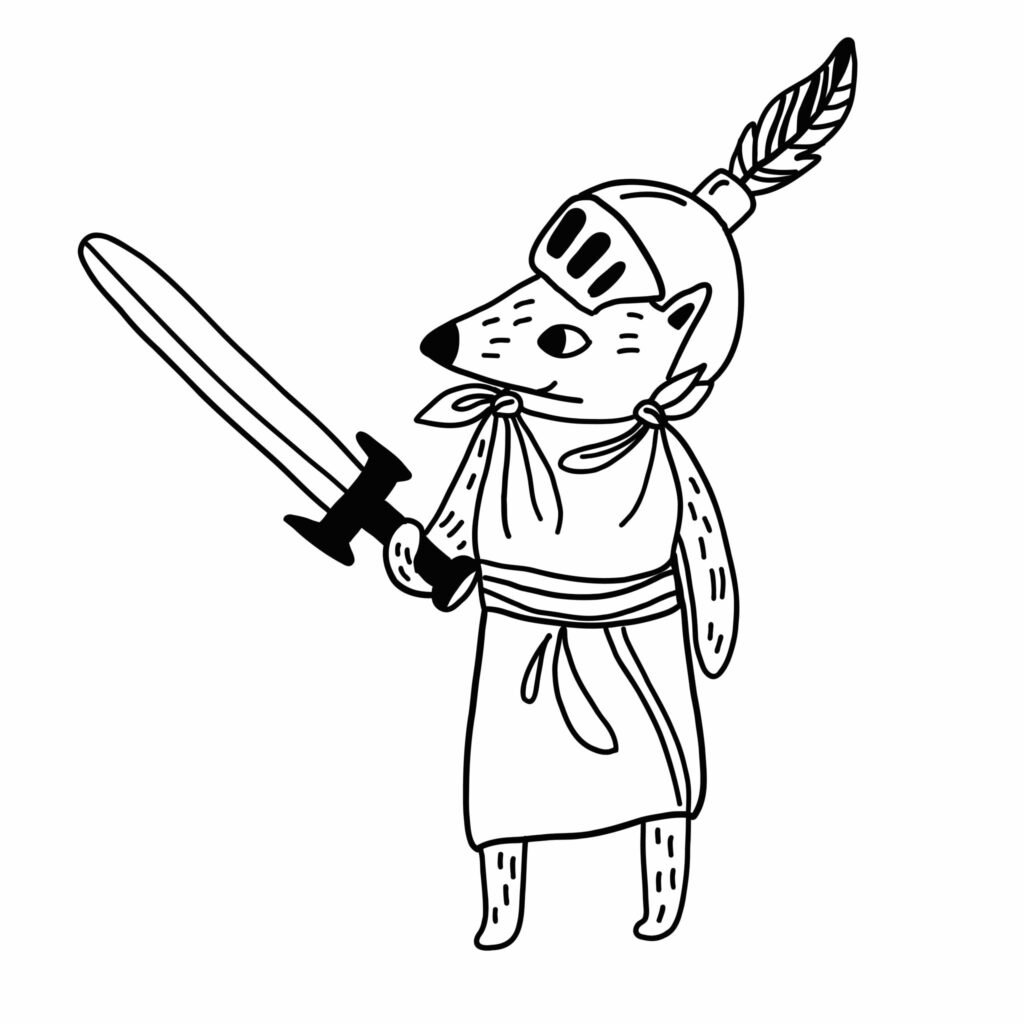You’ll often hear us say that babies don’t need any toys at all. Some human company and a handful of household objects to investigate is plenty. At the risk of completely destroying the 100 Toys business model, the advice for toddlers isn’t much different. Life for a toddler is about investigation. The way they learn hasn’t changed for thousands of years and there were no iPads in the Stone Age.
Of course, toys can help – and that’s why 100 Toys exists and hasn’t gone to live in a cave in rural France and painted its face blue. They’re great for breaking down skill-acquisition into more manageable chunks. Yes, you can learn all about stacking by piling one stone on top of another, but having neatly-cut, stable wooden blocks that fit perfectly in the hand means you can create much more elaborate structures. Your learning is extended.
That’s not to say that toys are the answer to every problem. You can have too much of a good thing. In the 100 Toys house we have a lot of blocks because it’s really annoying to run out half-way through a construction. But an unlimited supply creates dependence and dampens creativity. If you never have to worry about running out, you never learn to look around you for something that will stand in for the object you lack.
Toys are good. Just don’t have too many of them. Buy mostly open-ended toys and rotate them often to keep things fresh. And remember to leave your toddler alone. Playing alongside your child has enormous value but the majority of the time should be spent in independent play.
And so to Christmas, that famous pre-historic festival of educational toy gift-giving, invented by our palaeolithic ancestors because they had a surfeit of trees and nothing to put under them…

Ball tracks
If you’ve ever watched a toddler play, you’ll know that they like to do things more than once. These repetitive actions are a feature of schema play, and ball tracks are a great way to see it in action. Marbles are a choke hazard for the under 3s and their small size makes them fiddly to handle. Ball tracks, on the other hand, are perfect.
This one, by HABA, seems too simple at first glance. No spirals or drops, no zig-zags or bells. It’s so plain you can’t believe it will still be in use a week later, but it is. Soon your child understands that the track can be broken up, recombined, mixed with blocks and extended in all kinds of ways. Bridges and tunnels are built and obstacles put in the way. Crashes and bumps are deliberately engineered. There are very few toys that elicit yelps of excitement but this is definitely one of them.
Over time it can be combined with other ball tracks, such as the musical sounds set. If your child develops a real passion for this kind of play, the next step is a more complicated marble run whose pieces can be used interchangeably with the toddler ball tracks.
Water play
For a toddler, being in the bath is to be surrounded by possibility. So much to learn! Floating, sinking, displacement, pouring, splashing and bubble-making. This simple sailing boat by Plan Toys ticks all the boxes for a great bath toy. Sail and swoosh it across the waves, fill it with water and tip it over your brother, fill it with other toys and sail off into the sunset. Choose from a range of excellent navigators including a penguin, seal and polar bear.
You can also enjoy water play outside the bath. Best of all is to get outside but for those days when you’re stuck indoors, why not try keeping a small play set like this in the kitchen? When I needed to keep a roaming toddler busy and within my sight I’d often bring the tuff spot inside and fill it with water. It was too big, and too tempting to climb into, so the results were mixed at best, but this Plan Toys tray is perfect. It fits on the table and you can fill it with just a jugful of water, helping to keep the post-play clean-up to a minimum.
Baskets and trolleys

Olli Ella Piki basket and Luggy, Moulin Roty puppets and Maileg bunny.

Olli Ella Piki basket filled with contents of Oskar & Ellen Farmers’ Market Basket
Toddlers like to make use of their new-found mobility and most parents will spend many hours chasing a gleeful toddler around the house, up and down the stairs and in and out of every cupboard. A stroller or trolley can be a godsend as it brings a new dimension to the motion and independence your toddler enjoys so much. Toddlers also love to feel useful and important, so loading up a trolley with some blocks or a baby (a toy one!) and delivering it to you is a great way to help them explore their transporting schema and to make them feel like they are being very helpful indeed. Olli Ella has harnessed this toddler impulse brilliantly with their range of wicker trolleys and strollers. The rattan Strolley switches from pram to shopping trolley in one easy move and, thanks to its quality construction and materials, is likely to be a part of their play for many years to come.
Dolls

Your baby may have enjoyed the reassuring presence of a soft toy or comforter but as they enter this new phase they start to use play figures and dolls as a way of understanding the world around them. You may notice them re-enacting real life situations like a trip to the doctors or imagining stories, often with themes of good vs evil or triumph over disaster. In this way your toddler is trying to understand the complexities of human behaviour. Olli Ella Holdie folk are a great bridge between the soft toys they have as babies and the more rigid wooden or plastic toys they come to later on. These little people have soft bodies and childlike features and clothes, and come in a range of skin tones that reflect the diversity in our children’s everyday lives.

Alternatively, you can escape the confines of race and gender by offering animal soft toys. A bear can be a little girl one day and a grandfather the next. Moulin Roty’s beautiful dolls come in a variety of shapes and sizes.
Vehicles
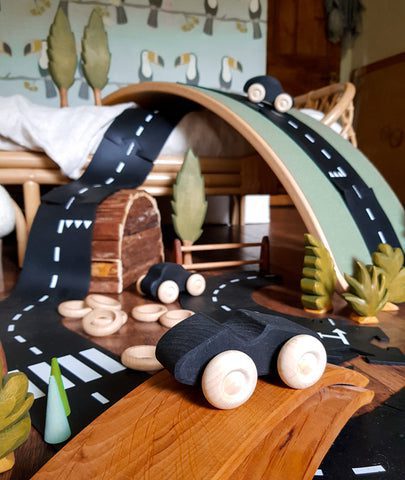
Grimm’s slimline car
Vroom! Vroom! Beep! Beep! Nee-naw! Nee-naw
Vehicle play can seem pretty one-dimensional at first glance. But look more closely and you’ll see a world every bit as rich and subtle as the doll’s house.
Language, science, co-operation. Vehicle play has got it all.
Heuristic play, also known as discovery play, is central to how young children learn about the forces that shape our world. It’s the trial-and-error process that they go through as they attempt to understand the laws of physics. Vehicles allow children to test their hypotheses about many of these concepts.
Watching a two- or three-year-old with a toy car is a study in how to investigate gravity and trajectory, friction and acceleration. See how they build ramps for rolling down and launching upwards, marvel at the myriad ways they find to crash a car or derail a train.
And don’t forget the language benefits of vehicle play. We usually associate role play and small world play with language development but even a single car offers many ways to improve thinking and speech. Over, under, through, behind, between. These prepositions get a regular workout. And how about ideas like stop and go, fast and slow, up and down, left and right? Then there are the stories children narrate as they play.
Take another look at vehicle play. It’s every bit as educational as some seemingly worthier activities – and great fun!
Peg people

Grimm’s Friends with natural blocks.
Peg people are one of our essentials, a toy we recommend from six months and up. Easy to hold, and with a wide base for greater stability, these figures are brilliant for babies and toddlers. One of a young toddler’s great occupations is learning to pick up objects and put them down again. Over and over they practise, placing, plonking, bashing and posting. There are so many ways to ‘put’. A peg person’s head is just the right size to grasp and the variety of pleasing colours extend the educational value of this kind of play even further.

